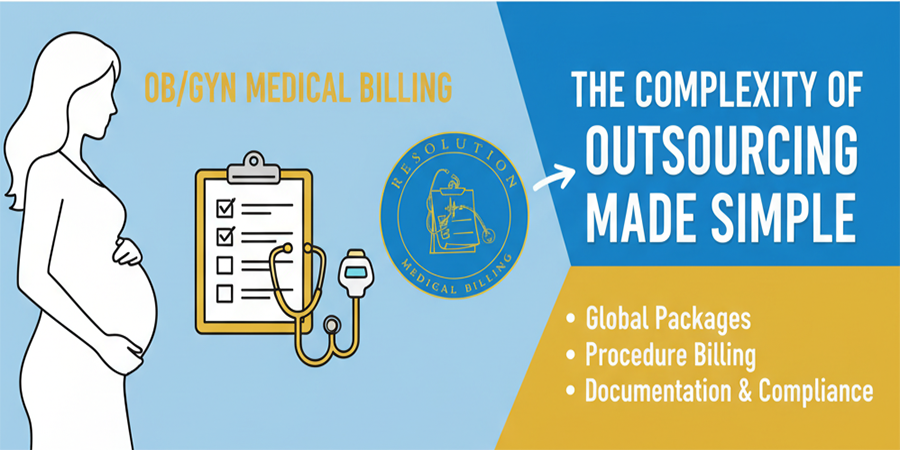Medical billing often feels like a foreign language. Acronyms, codes, modifiers, and other technical terms can overwhelm even an experienced provider. For providers, understanding billing terms can mean faster reimbursements, fewer denials, and smoother revenue cycles. For patients, explanation of terminology reduces the stress of navigating a bill and helps them to understand what they’re responsible for paying.
Here are some of the most common terms you’ll see in the billing world:
Explanation of Benefits (EOB)
An EOB is a statement sent by an insurance company after a claim has been processed. It explains what services were covered, what the insurance company paid, and what portion is the patient’s responsibility. It is important to know that it is not a bill, but it tells you what to expect.
Electronic Remittance Advice (ERA)
To put it simply, an ERA is the digital version of an EOB. Instead of mailing the statement, ERAs automatically post into billing software, making payment posting and reconciliation faster and more accurate.
Contractual Adjustment
One of the most misunderstood areas for patients, a contractual adjustment is the difference between the billed amount and the amount that the insurance company is willing to pay under contract.
For example. If the provider charges $200 for a visit, but the insurance contact only allows for $120, the $80 difference is written off as a contractual adjustment. The patient is not responsible for the $80 that was written off.
Denial Code CO-45
One of the most common codes, CO-45, means the billed amount exceeds the contracted fee schedule. The insurance will not pay above the agreed rate, and the adjustment must be applied.
Patient Responsibility
This includes copays, deductibles, and coinsurance. Patient responsibility is the out-of-pocket costs patients must pay even when insurance covers part of the bill.
Why These Terms Matter
For providers, fluency in basic billing terminology prevents costly mistakes and keeps claims moving quickly through the revenue cycle. For patients, it builds trust when offices can clearly explain charges and responsibilities.





